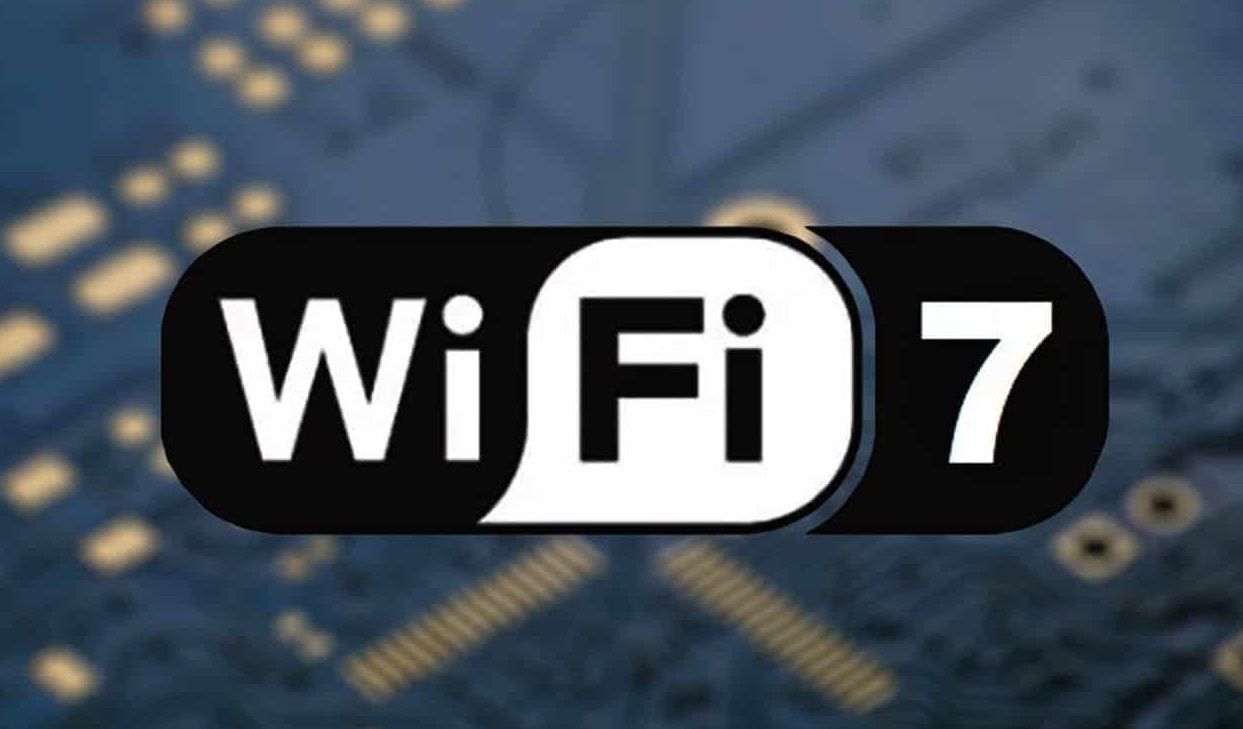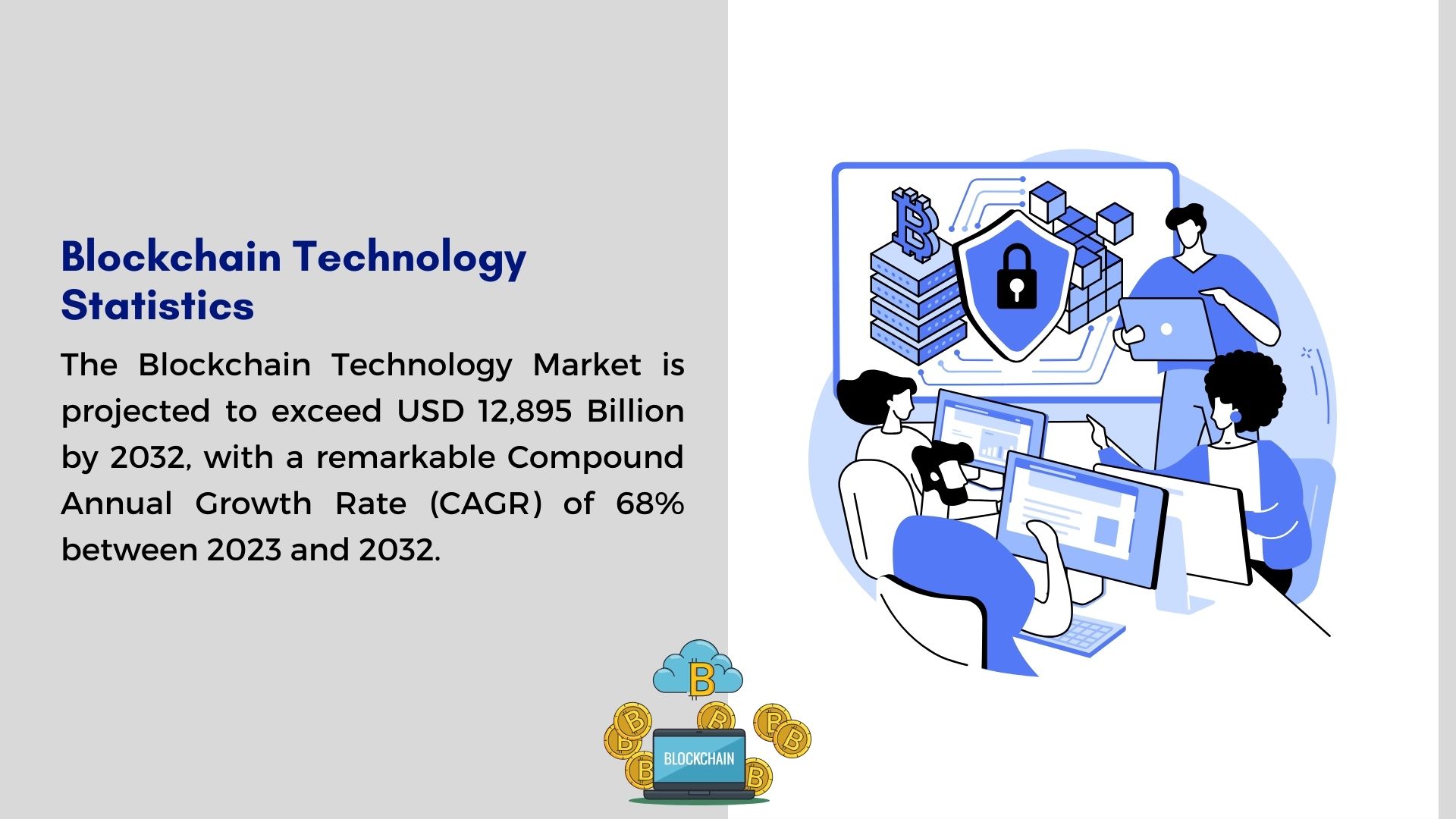Market Overview
Published Via 11Press: Gaming console market growth is rapidly expanding thanks to increasing consumer interest in immersive gaming experiences, technological innovations and growing eSports participation and online gaming popularity. Gaming consoles provide high-quality graphics with advanced gameplay features as well as online connectivity for an enhanced gaming experience. Traditional console players such as Sony, Microsoft and Nintendo remain strong within this sector but new entrants and cloud-based gaming platforms also exist today.
The global market for gaming consoles will reach US 39.3 billion by 2022 due to an increasing number of players. Due to technological advancements, this market is expected to continue growing. The market is expected to grow at 5.3% annual CAGR between 2023-2032. The market is expected to reach 65 billion USD by 2032. It is driven by several factors such as increasing consumer demand for immersive gaming experiences, technological advancements in gaming consoles, and the growing popularity of eSports and online gaming.
For additional information on the market contribution of each segment – Grab an Exclusive Sample Report

Key Takeaways
- The gaming console market is expected to experience significant growth from 2023 to 2033, driven by increasing consumer demand for immersive gaming experiences, technological advancements, and the popularity of eSports and online gaming.
- The United States, China, Japan, and South Korea are some of the largest and most influential markets for gaming consoles, with a high concentration of gamers and strong demand for gaming consoles.
- The market is characterized by intense competition among key players, with constant innovation and product differentiation being key strategies to gain a competitive edge.
- The market is also witnessing a shift towards cloud-based gaming platforms, which offer streaming services and virtual gaming experiences without the need for physical consoles.
Market Demand and Trend
The demand for gaming consoles is driven by the increasing popularity of video games as a form of entertainment, the growing consumer preference for immersive gaming experiences, and technological advancements in gaming technologies. Gaming consoles are increasingly being used for not only gaming but also for multimedia streaming, social interaction, and online connectivity. The trend towards cloud-based gaming platforms, which offer convenient and accessible gaming experiences without the need for physical consoles, is also gaining momentum in the market.
Largest Market and Fastest Growing Market
The United States is currently the largest market for gaming consoles, with a high concentration of gamers and a strong demand for gaming devices. The U.S. gaming console market is driven by a large consumer base, high disposable income, and a culture of gaming as a popular form of entertainment. China is also a significant market for gaming consoles, with a large population of gamers and a growing middle class with increasing purchasing power. In terms of the fastest-growing market, Asia-Pacific is expected to witness significant growth in the gaming console market, driven by the increasing popularity of gaming and the rising consumer base in countries like China, Japan, and South Korea.
If you require a more targeted analysis of a particular region or segment, our analysts can tailor the market research report to your specific needs. Please feel free to contact us for further assistance.
Regional Snapshot
- North America: The North American gaming console market, led by the United States, is a mature market with a large consumer base and strong demand for gaming consoles. Technological advancements, high disposable income, and a culture of gaming are key factors driving the market in this region.
- Europe: The European gaming console market is driven by the increasing popularity of gaming and the presence of key players in the region. The market is characterized by a growing trend towards online gaming and digital distribution of games.
- Asia-Pacific: The Asia-Pacific gaming console market, particularly in countries like China, Japan, and South Korea, is witnessing significant growth due to the increasing popularity of gaming, rising disposable income, and a growing middle class with a preference for gaming consoles.
- Latin America: The Latin American gaming console market is also growing steadily, driven by rising consumer spending on gaming, increasing access to high-speed internet, and the growing popularity of eSports.
Top Impacting Factors
Multiple factors could impact the gaming console market, including:
- Technological Innovations: Continued advancements in gaming technologies such as graphics, processing power and virtual reality capabilities should fuel market expansion while shaping consumer preferences.
- Consumer Trends and Preferences: Today’s gamers increasingly expect immersive game experiences with realistic graphics, advanced gameplay features and online connectivity – manufacturers must adapt accordingly in order to remain competitive in the market and stay profitable.
To know about the assumptions considered for the study, download the pdf brochure @ https://market.us/report/gaming-console-market/request-sample/
The market is influenced by several factors:
- Consumer Demand for Engaging Gaming Experiences: Gaming enthusiasts increasingly demand high-quality immersive experiences featuring realistic graphics, advanced game features and seamless online connectivity. Consoles that deliver these services should gain popularity within the market.
- Technological Advancements in Gaming Consoles: The gaming console market is heavily impacted by technological innovations that increase processing power, graphics capabilities, storage capacity and connectivity options. Manufacturers that invest in research and development to bring cutting-edge technologies to their consoles could enjoy greater market success in terms of market share.
- Popularity of Esports and Online Gaming: Both ESports and online gaming have experienced enormous popularity over recent years, drawing an ever-increasing number of gamers into competitive gaming events and online multiplayer games. Gaming consoles providing seamless connectivity features along with social interplay features specifically for ESports are expected to see greater demand on the market.
Comparative Analysis of Adjacent Markets:
| Report Attribute | Generative AI in Gaming Market |
| Value (2022) | USD 922 MN |
| Value (2032) | USD 7,105 MN |
| CAGR | 23.3% |
| Trends |
|
Immediate Delivery Available | Buy This Premium Research Report@ https://market.us/purchase-report/?report_id=15157
| Report Attribute | Cloud Gaming Market |
| Value (2022) | USD 0.9 Billion |
| Value (2032) | USD 47 Billion |
| CAGR | 48.20% |
| Trends |
|
The top 7 countries that influence the global gaming console market, along with their Compound Annual Growth Rate (CAGR) projections are:
| Countries | Compound Annual Growth Rate (CAGR) Projections |
| United States | 4.5% |
| China | 6.8% |
| Japan | 3.2% |
| Germany | 3.8% |
| United Kingdom | 3.5% |
| South Korea | 5.2% |
| Brazil | 7.1% |
Note: CAGR projections are based on market research and analysis, and may vary depending on various factors and market conditions.
These countries have large gaming markets, high consumer spending on gaming consoles, and a strong presence of gaming console manufacturers. Manufacturers can focus on expanding their presence in these countries to tap into their potential for market growth.
Top Key Players
Listed below are some of the most prominent gaming console industry players.
- Sony Corporation (Japan)
- Microsoft (U.S.)
- Nintendo (Japan)
- Logitech (Switzerland)
- Valve Corporation (U.S.)
- NVIDIA Corporation (U.S.)
- Sega (Japan)
- IBM (U.S.)
- Tencent (China)
- Paperspace (U.S.)
- Other Key Players
How can Manufacturers Expand Global Market?
Manufacturers may implement various strategies in order to expand their presence in the global gaming console market, including:
- Innovation and product differentiation: Manufacturers may invest in research and development to deliver differentiated gaming consoles to market, featuring unique features, advanced technologies and superior performance that attract consumers while giving manufacturers an edge against their rivals.
- Market Segmentation and Targeting: Gaming console manufacturers can identify specific niche segments within the gaming console market and develop tailored products to address those individuals’ specific needs and preferences. Doing this allows manufacturers to take advantage of untapped market opportunities while expanding customer bases.
- Geographical expansion: Manufacturers can explore new markets with high growth potential such as emerging economies in Asia, Latin America and Africa by customizing products to suit local preferences while meeting regulatory requirements and creating strong distribution networks – increasing market share worldwide in this way.
Drivers
- Increasing consumer demand for immersive gaming experiences and realistic graphics.
- Technological advancements in gaming technologies, such as improved graphics, processing power, and virtual reality (VR) capabilities.
- Growing popularity of eSports and online gaming, driving demand for gaming consoles with online connectivity features.
- Expansion of gaming console market in emerging markets with a growing middle class and increasing disposable income.
- Shift towards cloud-based gaming platforms, offering convenient and accessible gaming experiences.
Restraints
- Intense competition among key players, leading to constant innovation and product differentiation challenges.
- High cost of gaming consoles and accessories, limiting affordability for some consumers.
- Technological challenges, such as compatibility issues, software updates, and hardware limitations.
- Concerns over online security, privacy, and data breaches, impacting consumer trust and adoption of online gaming features.
- Regulatory and legal challenges, such as restrictions on content, licensing, and intellectual property rights.
Opportunities
- Expansion of the gaming console market in emerging markets with a growing middle class and increasing disposable income.
- Continued technological advancements in gaming technologies, opening up opportunities for innovation and product differentiation.
- Increasing demand for cloud-based gaming platforms, offering convenient and accessible gaming experiences without the need for physical consoles.
- Diversification of product offerings to cater to changing consumer preferences, such as VR gaming, mobile gaming, and retro gaming.
- Collaborations and partnerships among key players, game developers, and content creators to create unique and exclusive gaming experiences.
Challenges
- Intense competition among key players, leading to price wars, marketing challenges, and brand differentiation struggles.
- Technological challenges, such as compatibility issues, software updates, and hardware limitations, requiring constant R&D investments.
- Online security and privacy concerns, leading to potential data breaches, hacking incidents, and consumer trust issues.
- Regulatory and legal challenges, such as restrictions on content, licensing, and intellectual property rights, impacting product development and market expansion.
- Changing consumer preferences and trends, requiring constant adaptation to evolving market dynamics and consumer demands.
Market Segmentation
Based on Type
- V. Gaming Console
- Handheld Gaming Console
- PC Gaming Console
- Other Types
Based on Application
- Shooter
- Action
- Sport Games
- Role-Playing
- Adventure
- Racing
- Fighting
- Strategy
Based on Distribution Channel
- Hypermarket
- Supermarket
- Specialty Stores
- Online Platform
- Offline Stores
- Other Channels
Based on End-User
- Residential
- Commercial
Report Scope
| Report Attribute | Details |
| The market size value in 2022 | USD 39.3 billion |
| Revenue Forecast by 2032 | USD 65 billion |
| Growth Rate | CAGR Of 5.3% |
| Regions Covered | North America, Europe, Asia Pacific, Latin America, and Middle East & Africa, and Rest of the World |
| Historical Years | 2017-2022 |
| Base Year | 2022 |
| Estimated Year | 2023 |
| Short-Term Projection Year | 2028 |
| Long-Term Projected Year | 2032 |
FAQ’s
Q: What Is A Gaming Console?
A: A gaming console is an electronic device designed primarily to play video games on TV screens or monitors. Often coming equipped with its own dedicated controller and providing access to various gaming experiences, gaming consoles offer users many exciting gaming opportunities.
Q: Are there different kinds of gaming consoles on the market today?
A: Gaming consoles come in several varieties: home consoles, handheld consoles and hybrid consoles. Home consoles are designed for connection to a television screen or monitor while handheld and hybrid models provide both home and portable options for gameplay.
Q: What factors are driving the gaming console market?
A: Key elements driving this sector include increasing demand for immersive gaming experiences, technological developments in console hardware and software, cross-platform gaming options available through cross-platform consoles and an expanding user base as well as growing popularity in online multiplayer gaming.
Q: What challenges does the gaming console market face?
A: Gaming console markets face some key obstacles such as competition from PCs and mobile devices, expensive hardware costs associated with console hardware and games, rapid technological innovations resulting in shorter product lifespans and issues related to piracy/game distribution.
Q: What opportunities exist within the gaming console market?
A: Opportunities within this sector include expanding into emerging markets with rising disposable incomes, exploring subscription-based services or cloud gaming models as new business models, taking advantage of virtual and augmented reality (VR/AR) technologies as well as targeting niche gaming segments.
Q: To what extent are regional factors impacting the gaming console market?
A: Regional factors influence gaming console sales through consumer preferences, gaming culture, economic conditions, regulatory policies and competition – these may all play an influential role. Different regions may experience different demand, adoption levels, market trends for gaming consoles.
Q: What have been some recent developments in the gaming console market?
A. Some recent developments in the gaming console market include the launch of new console hardware with upgraded features, the introduction of subscription-based gaming services, partnerships between console manufacturers and game developers, advancements in virtual reality (VR) and augmented reality (AR) gaming, and increasing focus on sustainability and eco-friendly gaming practices.
Contact Us
Global Business Development Team: Market.us
Market.us (Powered By Prudour Pvt. Ltd.)
Send Email: inquiry@market.us
Address: 420 Lexington Avenue, Suite 300 New York City, NY 10170, United States
Tel: +1 718 618 4351
Website: https://market.us
ABOUT AUTHOR
The team behind market.us, marketresearch.biz, market.biz and more. Our purpose is to keep our customers ahead of the game with regard to the markets. They may fluctuate up or down, but we will help you to stay ahead of the curve in these market fluctuations. Our consistent growth and ability to deliver in-depth analyses and market insight has engaged genuine market players. They have faith in us to offer the data and information they require to make balanced and decisive marketing decisions.









